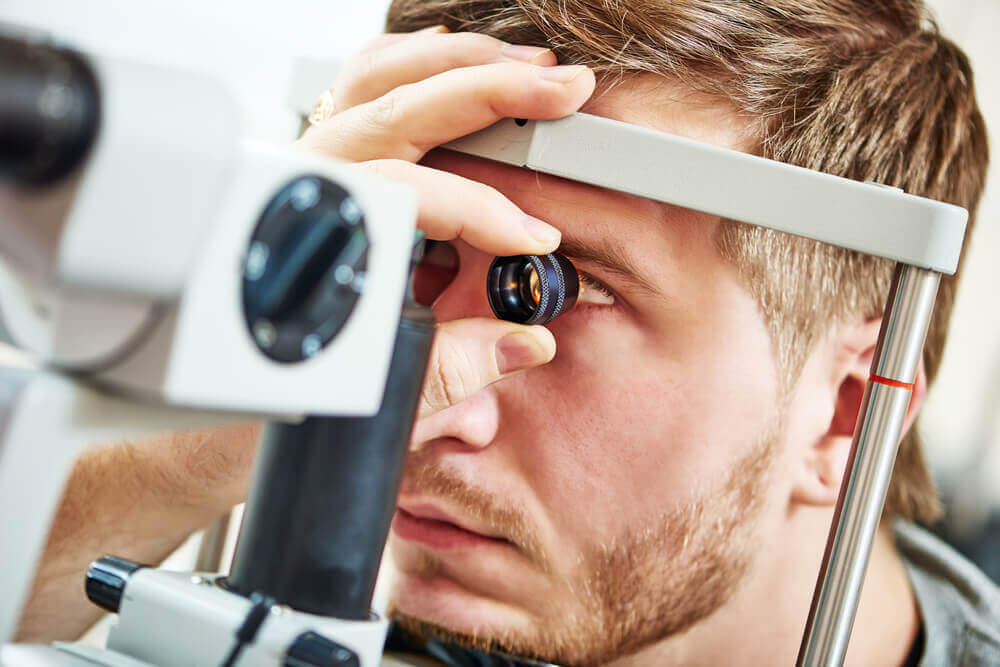
Majority of B2B Companies Missing Out on Revenue Growth Due to Poor Customer Experience Performance, Accenture Study Finds
In an environment where business-to-business (B2B) customers are demanding a richer consumer-like experience, new research from Accenture finds that only 23% of companies are implementing truly effective customer experience programs and achieving higher revenue growth.
According to the Accenture Strategy report, 2015 B2B Customer Experience, of the 1,350 B2B sales and customer service executives surveyed in 10 countries, 66% believe that new entrants are providing better customer experiences in today’s age of digital disruption. To compete, incumbent businesses recognize they need to make a significant shift in their business models: 78% of executives think higher customer expectations for tailored B2B solutions will have a substantial impact, and 76% feel that customers are now more knowledgeable, self-directed, and continually evaluating suppliers.
The poor self-assessed performance comes despite the fact that 86% of B2B supplier executives continue to view the overall customer as ‘very important’ to their strategic priorities. Furthermore, 74% of respondents recognize customer experience will play an even larger role in overall corporate strategy over the next two years.
“B2B companies overwhelmingly recognize the importance of customer experience to their corporate strategy and bottom line, but the majority are wasting their investments on changes that are delivering mediocre results,” said Robert Wollan, senior managing director, Accenture Strategy. “With consumer-like expectations and a substantial threat from new entrants, B2B companies must be ready to design and execute a transformed customer experience or not invest in such improvements at all.”
In response to rapidly changing customer demands, new competition and low returns on investment, 45% of executives surveyed intend to increase spending by 6 percent or more to improve customer experience programs.
However, internal roadblocks are preventing B2B companies from meeting higher customer expectations. Only 32% of executives (versus 40% polled in the same research in 2014) say they are well-equipped with the skills, tools, and resources necessary to deliver the desired B2B customer experience. Executives point to a lack of C-suite attention, customer experience processes, and necessary cross-organizational integration.
Accenture Strategy identifies three groups of B2B companies – Leaders, Strivers and Laggards – differentiated by their ability to plan and execute customer experience and deliver annual revenue growth. With just over a fifth (23%) of organizations remaining as Leaders since last year, more Laggards have moved up to the Strivers category, increasing it from 48% to 57%.
The 2015 research shows Leaders generate an average of 13% annual revenue growth. Strivers achieve an average of 6% annual revenue growth and Laggards record an average decline in revenue growth of -1%.
“There’s a clear distinction between the Leaders and Strivers in B2B customer experience,” said Wollan. “Strivers are ‘racing to become average’ and average is a precarious position to be in these days. Leaders see after-sales service as a critical part of the customer lifecycle and they invest not just in new digital technologies, but in traditional customer connection points too. Leaders realize that a multi-channel approach is needed to reach B2B customers seamlessly and consistently.”





















